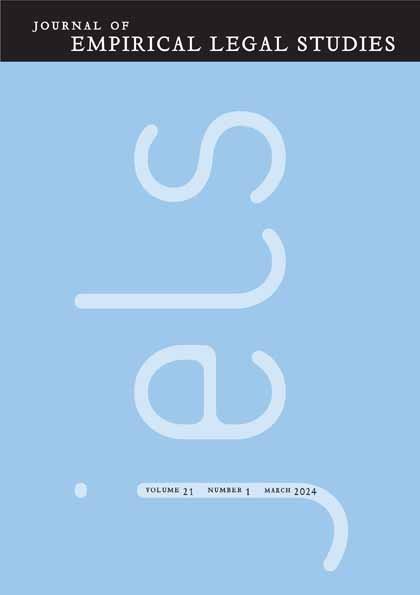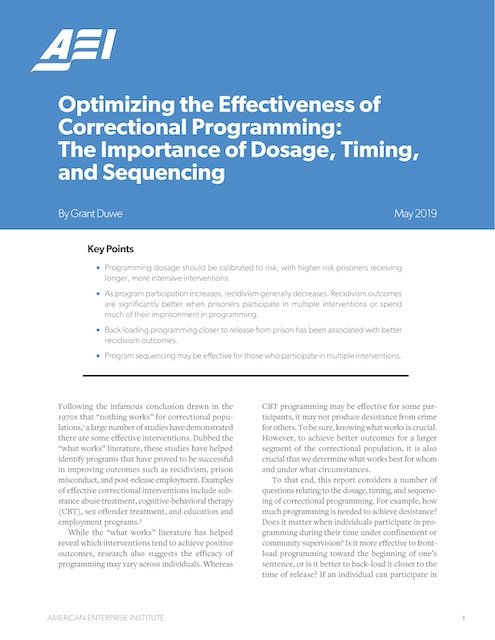By Gabrielle T. Isaza, Robin S. Engel, Nicholas Corsaro, M. Murat Ozer
This report summarizes the details of a problem analysis conducted by the International Association of Chiefs of Police/University of Cincinnati (IACP/UC) Center for Police Research and Policy (the “Center”) on domestic violence patterns for the Tulsa Police Department (TPD). The TPD identified domestic violence as an area requiring further understanding given the seriousness of the crime, and frequency as measured by citizen-generated calls for service. For the TPD, domestic violence-related incidents represent their third most frequent call for service, consuming substantial police resources. Prior to recommending an appropriate intervention strategy to reduce domestic violence, it is critical to better understand details regarding the specific domestic violence problem in Tulsa. For police agencies, a problem analysis includes the systematic examination of the underlying conditions of local problems they are tasked with solving. Problem analyses generally rely on information gathered from various sources, and should include examinations of both qualitative and quantitative data. The problem analysis process is critical for developing solutions that fit the problem in each community, because what works in one jurisdiction may not fit a similar problem in another setting (Boba, 2003). The following study documents a problem analysis based on a series of statistical analyses conducted on five-years of domestic violence data reported to the TPD (2013-2017) and victimization data gathered by the Family Service Center in Tulsa. Domestic violence is defined as an incidence of assault and battery against individuals connected to the suspect by one of fifteen different categories of relationship (see Oklahoma Statute §21-644). These variations in relationships cover both common (e.g. husband-wife or child-parent) and seemingly more distant (e.g. spouse-former spouse of partner or former roommate) relationships between individuals. Unfortunately, the automated data used by the TPD does not include a field for the relationship between the victim and offender. TPD data included reports for incidents, arrests, victims, calls for service, and field interview reports. These analyses were supplemented with domestic victimization data provided from the Family Service Center. The main findings of this problem analysis are summarized below. . Domestic violence-related calls for service were the third most frequent call received by the TPD (n=109,623; preceded by traffic stops and alarms) between 2013 and 2017. These reports were relatively stable over the five-year period, with an average of 21,942 calls per year. . Citizen-generated indicators of domestic violence (i.e. calls for service and incident reports) remained relatively stable over the five-year period, while the TPD-generated responses (i.e. FIR and arrest) to these crimes decreased noticeably over the same period of time. Arrests for domestic violence declined by 40.9% from 2013 to 2017, and FIRS similarly declined by 46.8% from 2013 to 2017.. TPD-generated incident reports indicate that 84.5% (n=13,381) of identified suspects were suspected of only committing one domestic violence offense, whereas 15.5% (n=2,447) were suspected of committing two or more offenses. . TPD-generated victimization reports indicate 83.8% (n=15,564) individuals were victimized once, and 16.2% (n=3,008) were victimized two or more times. . These findings demonstrate that the “repeat phenomenon” of domestic violence victimization in Tulsa is similar between victims and suspects. That is, victims are just as likely to be victimized more than once (16.2%) compared to offenders involved in more than one offense (15.5%). . Victimization data provided by the Family Safety Center indicates large increases in the number of services provided (180.6% increase) and the number of individuals receiving services (118.1% increase), likely due to the expansion of victim-services provided in Tulsa during the five-year study time period. Note that the increase of use of victim services is inconsistent with the downward trend in TPD domestic violence arrests. . Data from the FSC also indicates that the percentage of Black victims receiving FSC services (19.3%) was lower than expected given the victimization data captured by the TPD (31.6% for single incidents and 40.6% for repeat incidents), suggesting that Black domestic violence victims may be less likely to request or to receive services. . Analyses also show that 15.5% (n= 2,447) of the individuals suspected of domestic violence offenses were repeat offenders, and they accounted for 23.2% of the domestic violence incidents reported during the study period. . When offenders did commit a subsequent domestic violence offense for which an arrest occurred, the time between arrests was extremely long (an average of over 500 days). However, as the number of repeat domestic violence offenses increase per an offender, the number of days between these arrests decreases. Nonetheless, the average time between offenses is substantially long, indicating that focused deterrence approaches to repeat domestic violence offenders may not be effective in Tulsa (Sechrist, Weil, and Shelton, 2016). Police data demonstrate that while a person was a victim in one incident, the same person was also commonly reported as the suspect in another domestic violence incident. Approximately 3,205 unique victims (17.2% of all domestic victims) were also charged as a suspect in a different domestic violence case. Approximately 15% (8 out of 53) of offenders in domestic violence homicide incidents had a previous arrest for domestic violence. A review of the relationship between the victim and suspect identified in the field interview reports indicates that the most common relationship type is current spouse/cohabitant (43.3%), followed by former spouse/cohabitant (20.3%), and dating (18.0%). Very few cases involve other types of relationships. Field interview reports (FIR) revealed a substantial number of cases (36.7%), which involve the suspect threatening a future action—these represent an avenue for follow-up by TPD officer
Cincinnati: International Association of Chief of Police (IACP) / University of Cincinnati (UC) Center for Police Research and Policy. 2019. 41p.























